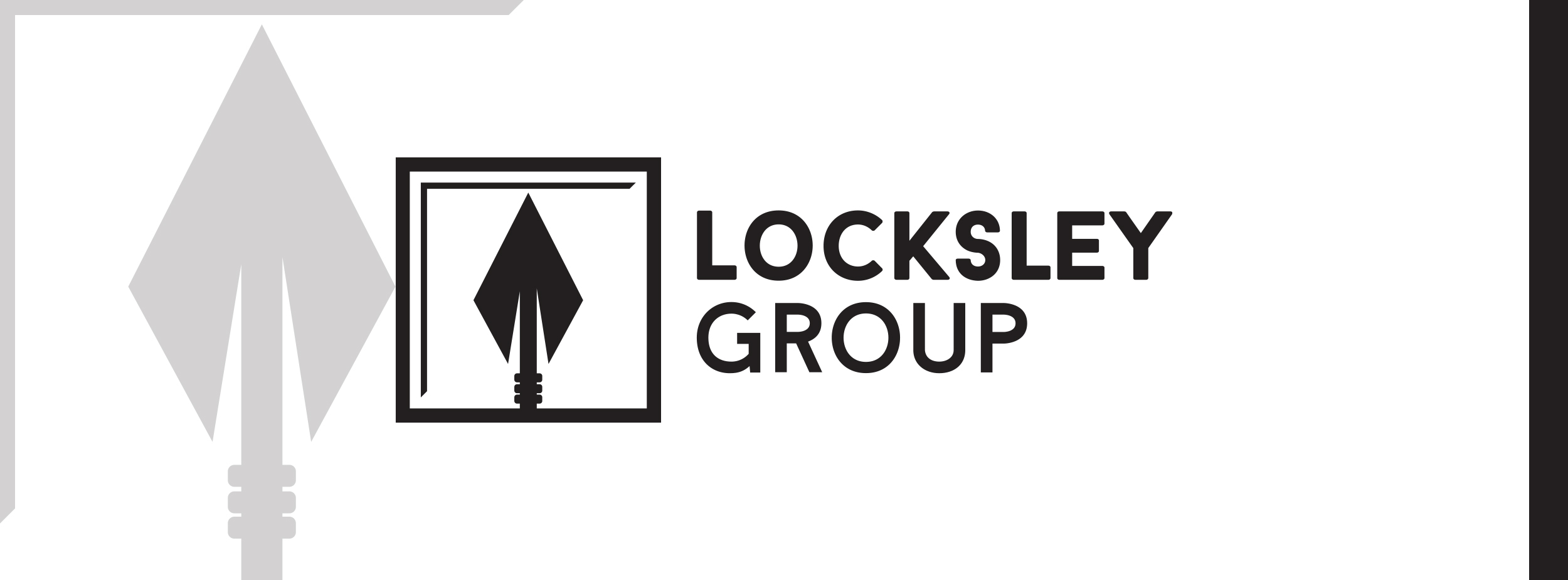Being involved in a motor vehicle accident can have significant physical, emotional, and financial consequences. In Ontario, accident victims have two avenues for seeking compensation: the Accident Benefits process and the Tort process. Understanding these processes is crucial to ensure you receive the support and compensation you deserve. This article provides an overview of the Accident Benefits and Tort processes in Ontario.
Accident Benefits Process:
The Accident Benefits process is administered through your own insurance company, regardless of who is at fault for the accident. It provides coverage for medical expenses, income replacement, attendant care, rehabilitation, and other related costs. Here are some key points to know about the Accident Benefits process:
- Application and Deadline: To access Accident Benefits, you must notify your insurance company of the accident within seven days. Within 30 days, you should submit a completed Accident Benefits application, which includes detailed information about the accident and your injuries.
- Statutory Accident Benefits Schedule (SABS): Ontario follows the Statutory Accident Benefits Schedule, which outlines the benefits available to accident victims. The coverage and limits can vary depending on the severity of the injuries and the circumstances of the accident.
- Treatment and Rehabilitation: Accident Benefits can cover various medical and rehabilitation expenses, such as physiotherapy, chiropractic treatment, psychological counseling, and assistive devices. It is essential to follow the treatment plans recommended by healthcare professionals to maximize your recovery and claim benefits.
- Income Replacement and Attendant Care: If your injuries prevent you from working, Accident Benefits can provide income replacement benefits. Additionally, if you require assistance with daily activities, such as personal care and household chores, attendant care benefits may be available.
Tort Process:
The Tort process allows accident victims to seek compensation from the at-fault party for pain and suffering, loss of income, future care needs, and other damages not covered by Accident Benefits. Here are some important aspects of the Tort process:
- Determining Fault: Establishing fault is crucial in the Tort process. It requires proving that the other party was negligent and that their negligence caused your injuries. Evidence, such as witness statements, police reports, and expert opinions, play a vital role in determining fault.
- Threshold for Lawsuit: In Ontario, there is a threshold that must be met to sue for pain and suffering. Your injuries must be deemed as a “permanent and serious impairment of an important bodily function” or “permanent and serious disfigurement” to proceed with a lawsuit.
- Compensation and Settlement: If successful in the Tort process, you may be entitled to compensation for medical expenses, loss of income, future care costs, and non-economic damages such as pain and suffering. Settlement negotiations often occur between parties and their legal representatives, and if an agreement cannot be reached, the case may proceed to court.
- Time Limitations: It’s crucial to be aware of the statute of limitations for filing a Tort claim. In Ontario, you generally have two years from the date of the accident to commence legal proceedings.
Navigating the Accident Benefits and Tort processes after a motor vehicle accident in Ontario can be complex. Seeking the guidance of an experienced personal injury lawyer is highly recommended to ensure your rights are protected and to maximize your chances of receiving fair compensation. They can help you understand the specific details of your case, gather evidence, and advocate on your behalf throughout the claims process. Remember, prompt action is essential to meet deadlines and access the support you need during your recovery.

